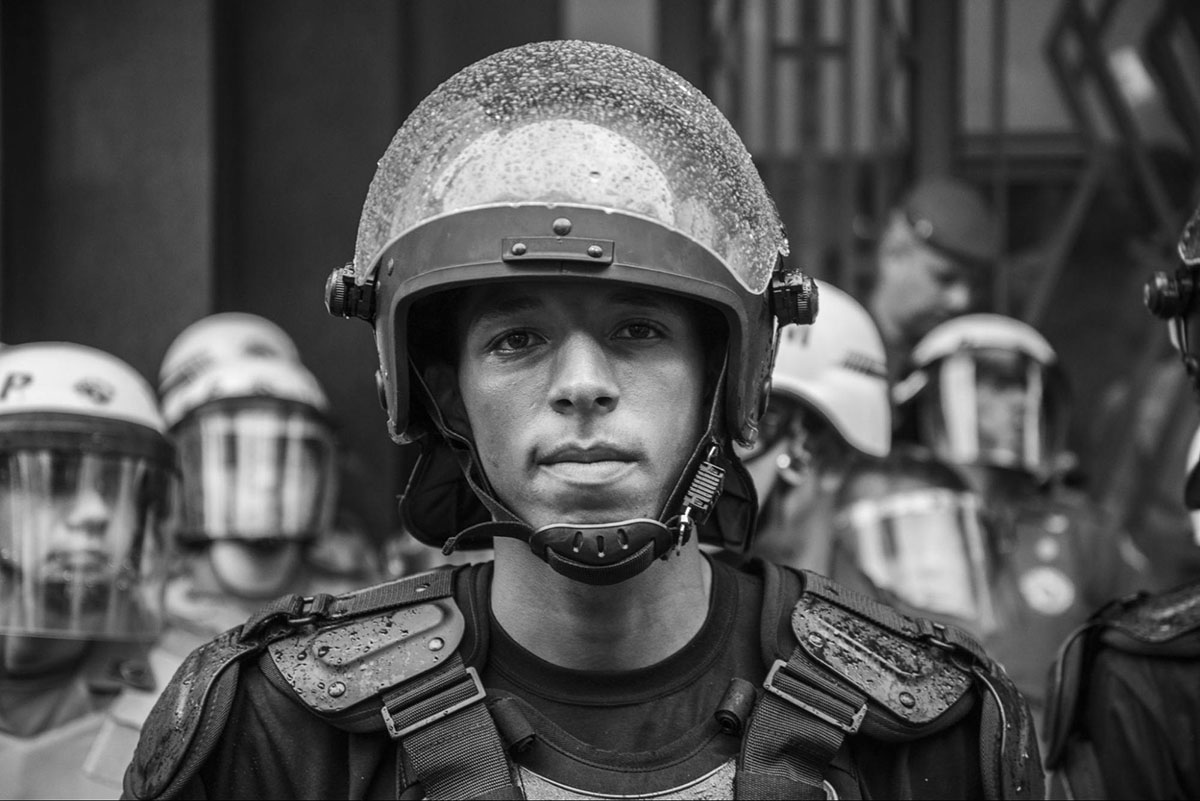Accelerates facial recognition searches by 100 times
With Elasticsearch, search results were reduced from one day to less than 15 minutes.
Increases hours spent investigating crime
Brazilian police force officers spend less time in front of a screen and more time on vital detective work in the community, thanks to Elastic.
Handles more than 300,000 searches per month
By using Elastic's vector database, a Brazilian police force has an architecture that can scale to handle millions of search queries and several terabytes of photographs, documents, and other digital media.

Facial recognition system, based on Elastic vector search technology, enables a Brazilian police force to protect citizens, prevent crime, and build stronger ties with the community
A Brazilian police force is an office of the Brazilian public security organization that is responsible for policing the community. The district under the police force has more than 3 million inhabitants.
Like many urban police forces today, the Brazilian public security organization uses advanced technology to keep citizens safe and investigate crime. This includes using AI search for massive police databases that contain billions of pieces of information, including documents, photos, videos, and other digital records.
In recent years, the organization has put the Elasticsearch vector database at the heart of new facial recognition technology that supports police officers with their investigations. Today, officers can take a photo with a police smartphone and conduct a search of the organization's database faster. This results in faster, more accurate decision-making at the scene of an event.
"Prior to leveraging Elasticsearch in the organization, officers were spending hours or days searching through our database, which was taking time away from preventing crime and safeguarding citizens. So we wanted to get the search down to a matter of minutes or seconds," says the head of technology.

A super-efficient look-up tool
The Brazilian public security organization equipped officers with a custom mobile and web app for easy photo capture and upload. To bridge the gap between this app and the image database, they needed a powerful vector database to enable vector search. After evaluating options, the head of technology and their team chose Elasticsearch for its unbeatable combination of blazing-fast speed, user-friendly interface, and robust security features.
"We looked at a number of vector database solutions, but Elasticsearch stood out for its ease of use, advanced technology, and software roadmap."
The head of technology emphasizes the power of the Elasticsearch Relevance Engine (ESRE) for the organization. It lets the agency use their own, or third-party, machine learning models to transform data into a special format called "embeddings." These embeddings capture the relationships between different data points. The embeddings are stored efficiently at a massive scale, allowing the agency to search this data extremely fast in real time.
This efficiency is evident in the agency's deployment. Its large Elasticsearch vector database (13 nodes) stores a massive 6 terabytes of data and has handled over 1 million searches in just the first three months, aiding investigations, missing person searches, and victim identification.
Saving people, saving time
In the early deployment phases, the Brazilian public security organization has already seen the benefits of Elastics's vector database — the foundation of its facial recognition technology. The team gives examples of criminals who might have evaded capture but were identified and arrested in the time it took to take a photo and search the database.
"Officers can conduct a search in just 15 minutes. Elasticsearch helps save time so police can be more engaged with citizens and the wider community."
Facial recognition is also used to help citizens beyond criminal cases. In one instance, officers found an elderly man with Alzheimer's disease who had been missing for almost two weeks. The officer took a photo and sent it to the missing person's database, which returned his name and contact details. "The family was thrilled and relieved," says the head of technology. "They had been waiting in hope for days, and we were able to give them good news."
Working with people, not pixels
Police use facial recognition to identify victims of crimes faster, giving relatives and loved ones certainty and closure during times of stress. Technology frees up time for officers to focus their full attention on the bereavement process, including counseling, compensation, and legal support.
"Elastic's vector database and facial recognition technology are fantastic tools," says the head of technology. "They give our officers the flexibility to get on with vital detective work, talking to witnesses and building rapport with the community."
Elastic consultants also played a crucial role during testing and deployment. "We relied heavily on the expertise of Elastic, especially search and facial recognition experience. Even when we made tough demands, they were always positive," says the head of technology. "The partnership gives us confidence to build vector and AI search applications for the future."